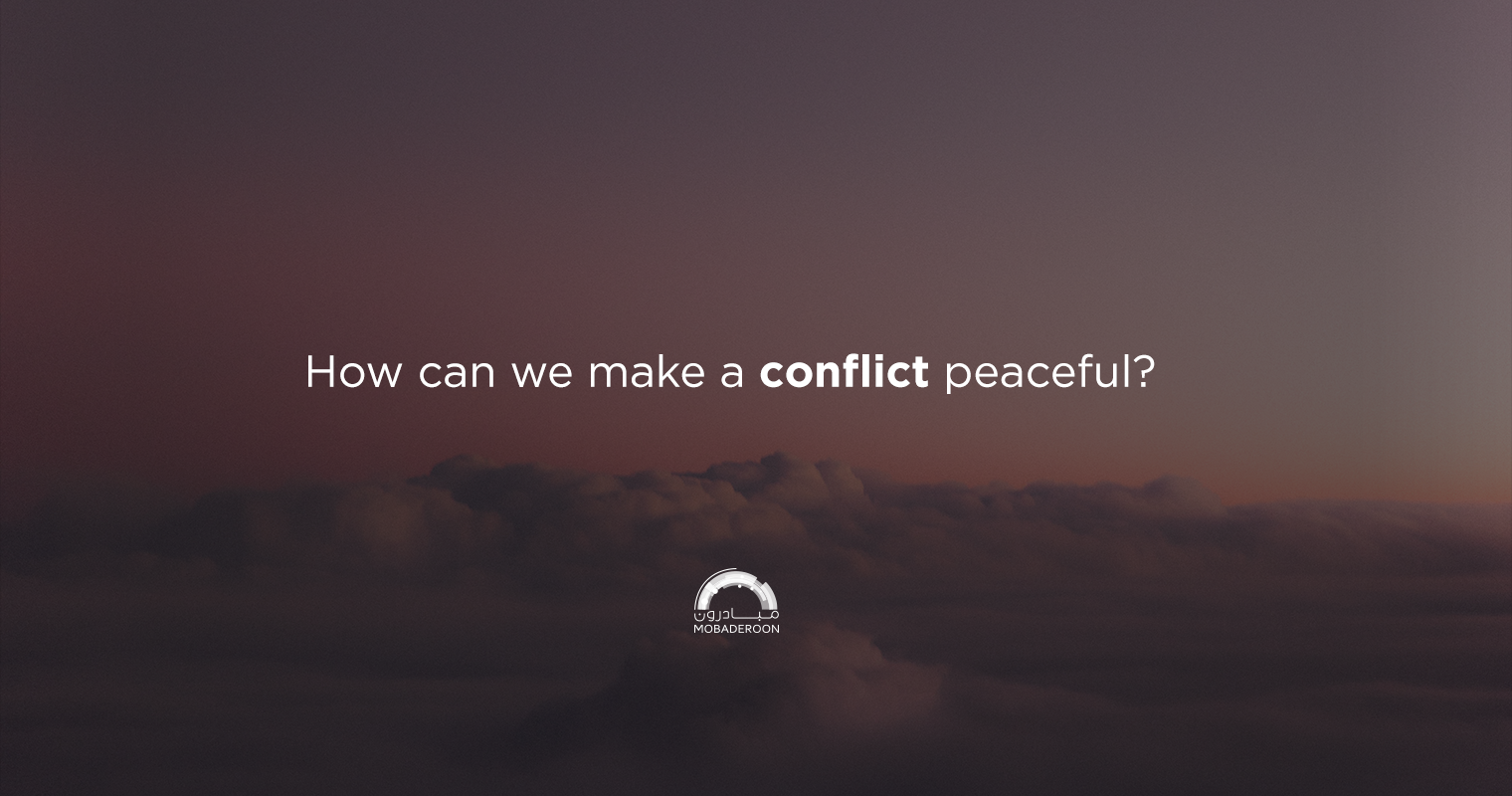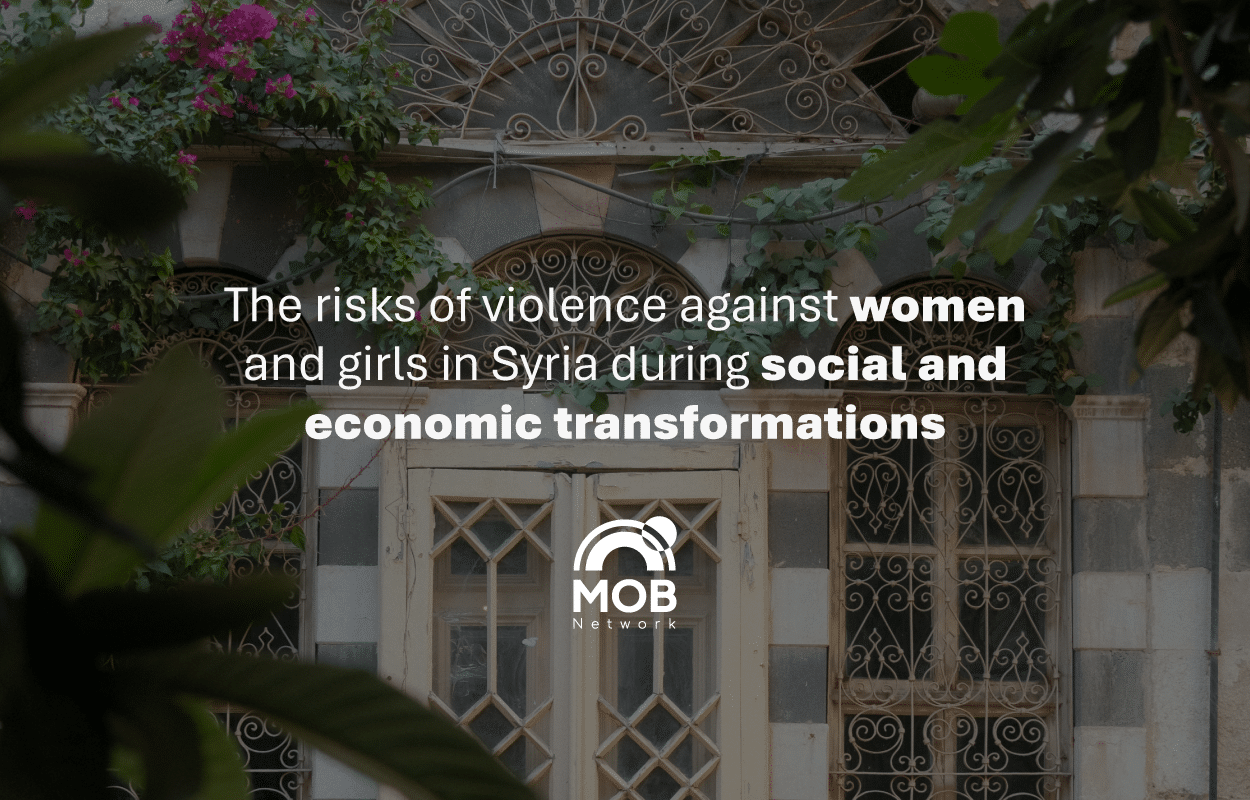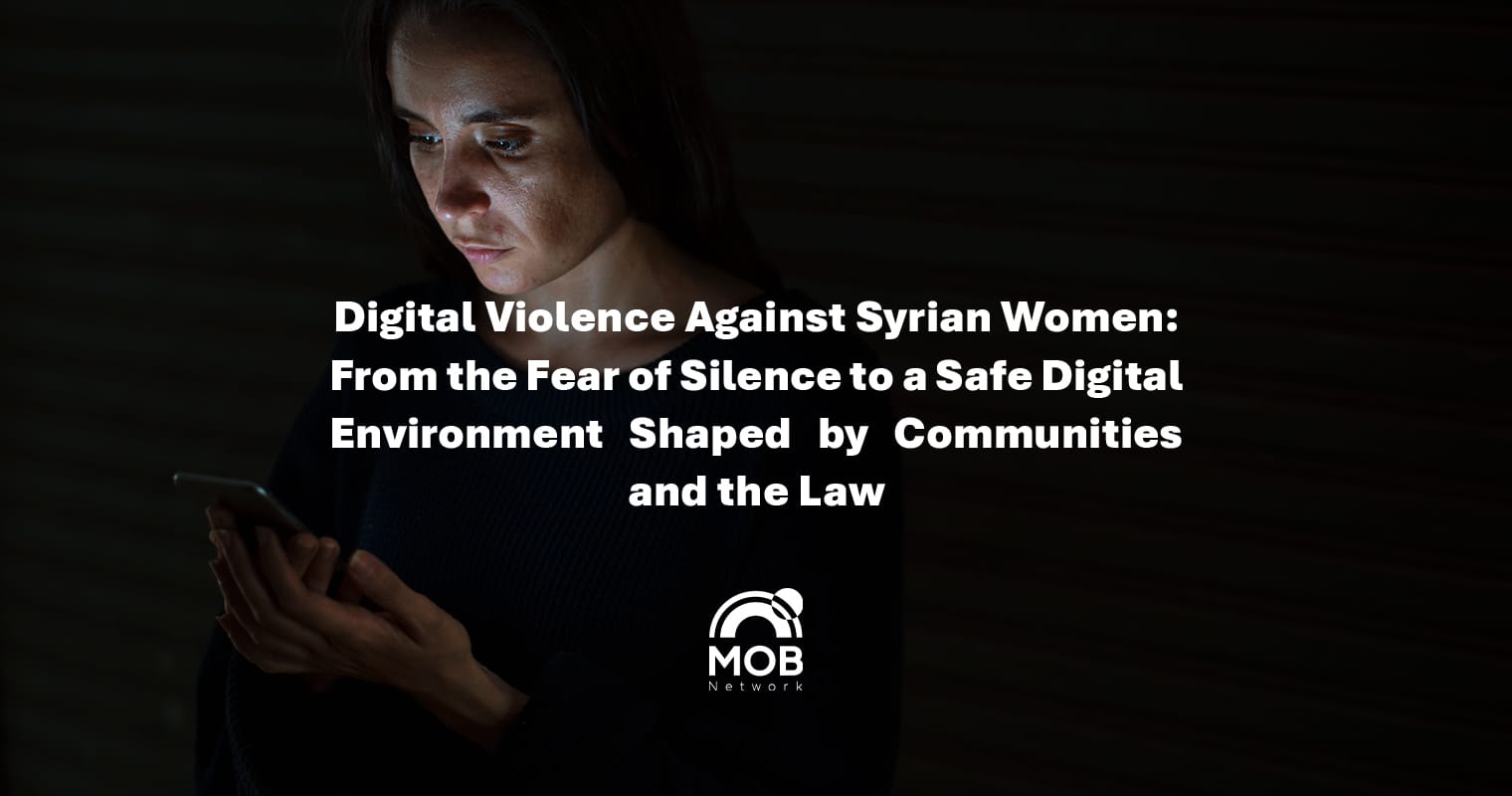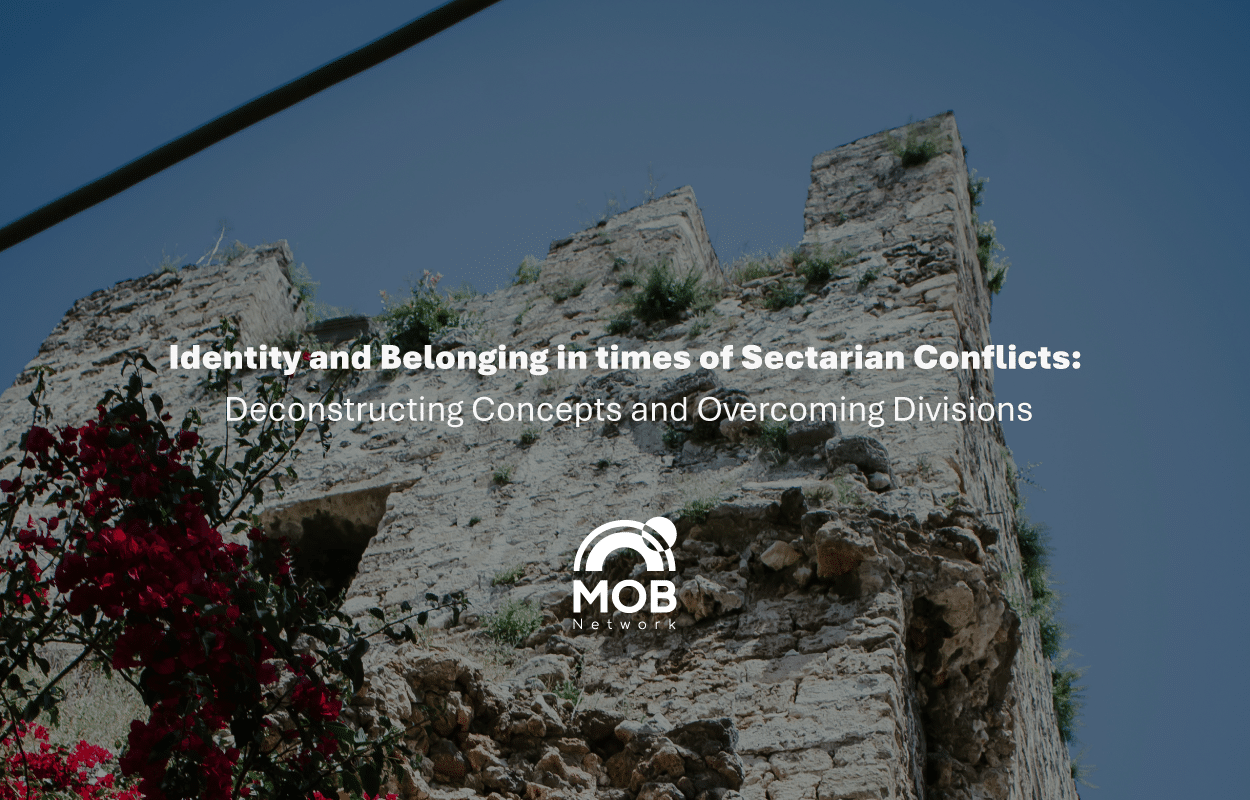Conflict?
Simply put, conflict is a relationship between two or more parties who have, or think they have, diverging objectives, differing perspectives, conflicts of interest, misunderstanding, dissimilar needs, or transgression over earned rights.
The conflict has many definitions, sides, and reasons. It could envelop two or more parties and could pertain to self-conflict, for it is natural all around us, and is rooted in the variance of life that cannot be denied. We live through conflicts starting from within, and other ones in families, communities, and the environment where we were born, live, or work.
Inner struggles lie in the path to self-enlightenment and figuring out our identities, or it could be a small disagreement over a toy amongst siblings, reaching a dispute over a piece of land.
The problem lies not in the conflict itself, for it is nearly always there. The problem lies in understanding conflict, how it came to be, and how we should address and deal with it, including concerned parties, to figure out perspectives and interests that can satisfy all sides, and to avoid a situation where violence would be inevitable; because not every conflict is violent unto itself, whereas each act of violence constitutes a conflict.
The Why Behind Conflict
The first step to understanding conflict is to dig into the reasons behind its manifestation, for there must be a logic to it. Doing this would aid in dealing with it using many methods and analysis tools.
Conflict could arise because:
- Battling over resources, like food, water, or land.
- Fighting over power, like office positions.
- A skirmish of values, for each person has their own, and are keen to keep it alive and not offended.
- Over identity(ies): guarding over a diverse set of cultures, languages, and beliefs. Identities are an oxymoron of simplified complexities, a mixture of attitudes, causes, culture, environment, individuals, and experiences accumulating with the time that can also be considered determinants of identities. We remain on guard over this mixture of legacy, when a part of which is affected by conflict, conflict which usually involves a huge amount of assumptions and judgments of others that should be tested mildly herein, but should not be the basis of behavior, action, or reaction in a sensitive conflict.
Knowing ourselves, trying to explore the identities of others, and looking into links and similarities, not just differences, can help us become more aware that conflict is natural. The unnatural part is rendering it violent, making us guilty of violations against our individual and collective identities of ours and of others, leading to desecrations against humanity.
Conflict Analysis Tools
Tree Conflict Analysis
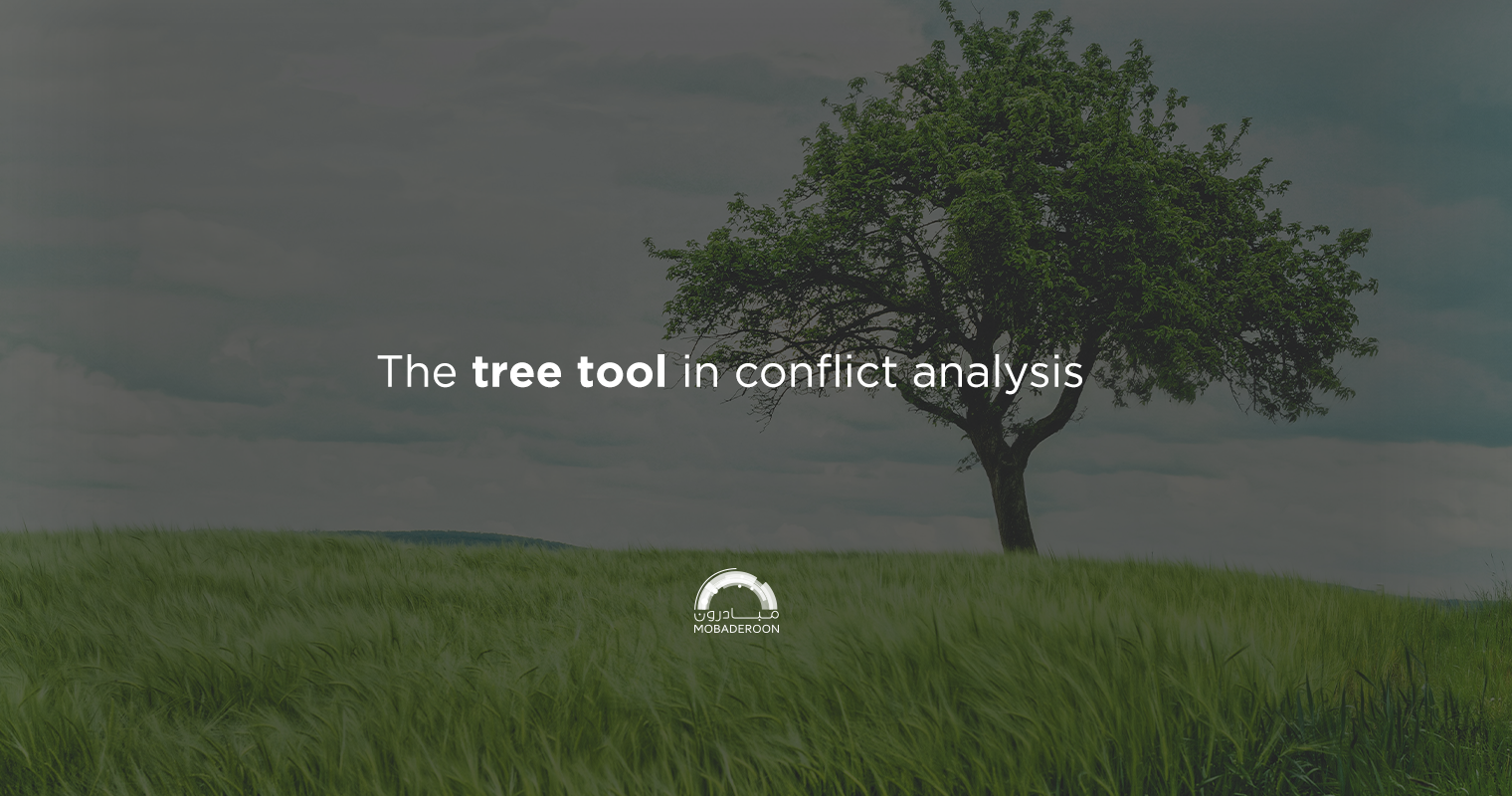
There is a thin edge between constructive and destructive conflicts. This edge lies in choosing to understand and analyze conflict, or not; for it is like a tree, where the roots are causes (historical, cultural, balances of power, etc.), the trunk is the situation, and the leaves as the results of the conflict in question.
Conflict Triangle
This tool is used in analyzing conflicts, developed by Yohan Galtung, a researcher specializing in peace. The triangle comprises 3 factors: stance, behavior, and context.
Stances
This represents the beliefs and feelings of conflicting parties towards one another, such as a lack of trust.
Behavior
This represents a tendency towards conflict outbursts, such as arguing, harsh words, yelling, profanity, and even the use of force, sometimes. Acts of physical and verbal violence accelerate escalation and produce a series of skirmishes.
Context
Or the frame of the context, the objective reality pertaining to conflict, and the environment in which this all takes place.
This is where we rectify escalation, and give ourselves and conflicting parties the chance to take a few steps back, to maintain a natural conflict that does not turn into violent poles. Moreover, we must all have patience over preliminary differences and quarrels out of respect for perspectives, and not mistaking ideas for people.
Understanding the inner machinations of conflict helps open communication channels, discover ideas, and perhaps a new creative satisfactory solution for all sides. Fusing ideas and opinions implies novelty. Thus, creating new cases that would be similar or different from the assumptions and expectations of conflict parties and sides. Yet, new cases, they are, that build bridges of dialogue, and aid in perceiving things from other perspectives. Thus, opening inspired prospects unimagined before where we could dig into the many aspects of ourselves and others. Respecting the difference in creating conflict assists in avoiding the inflammation of conflict.
Conflict is not necessarily a war, for it could be a new beginning
In his book, “Al-haweyyat Al-Qatelah”, (Killer Identities), Ameen Ma’aloof says:
“Every time an expatriate feels that her/his original culture is respected, s/he becomes more open to the culture of the host country”
Ameen Ma’aloof Tweet
This is what happens when moving from one place to another, we hold on defense mode regarding ourselves, and what makes us different. This confirms the need to respect different identities, ideas, opinions, and cultures.
Conflict divergent topic that requires much time to understand the facts and reasons behind it around us, how to deal with them, and how to utilize analysis tools to design and make an intervention when possible and needed, and this is but a humble attempt, an introduction to encompass man things in one article.
Author: Shahed Karkout
Read More:

